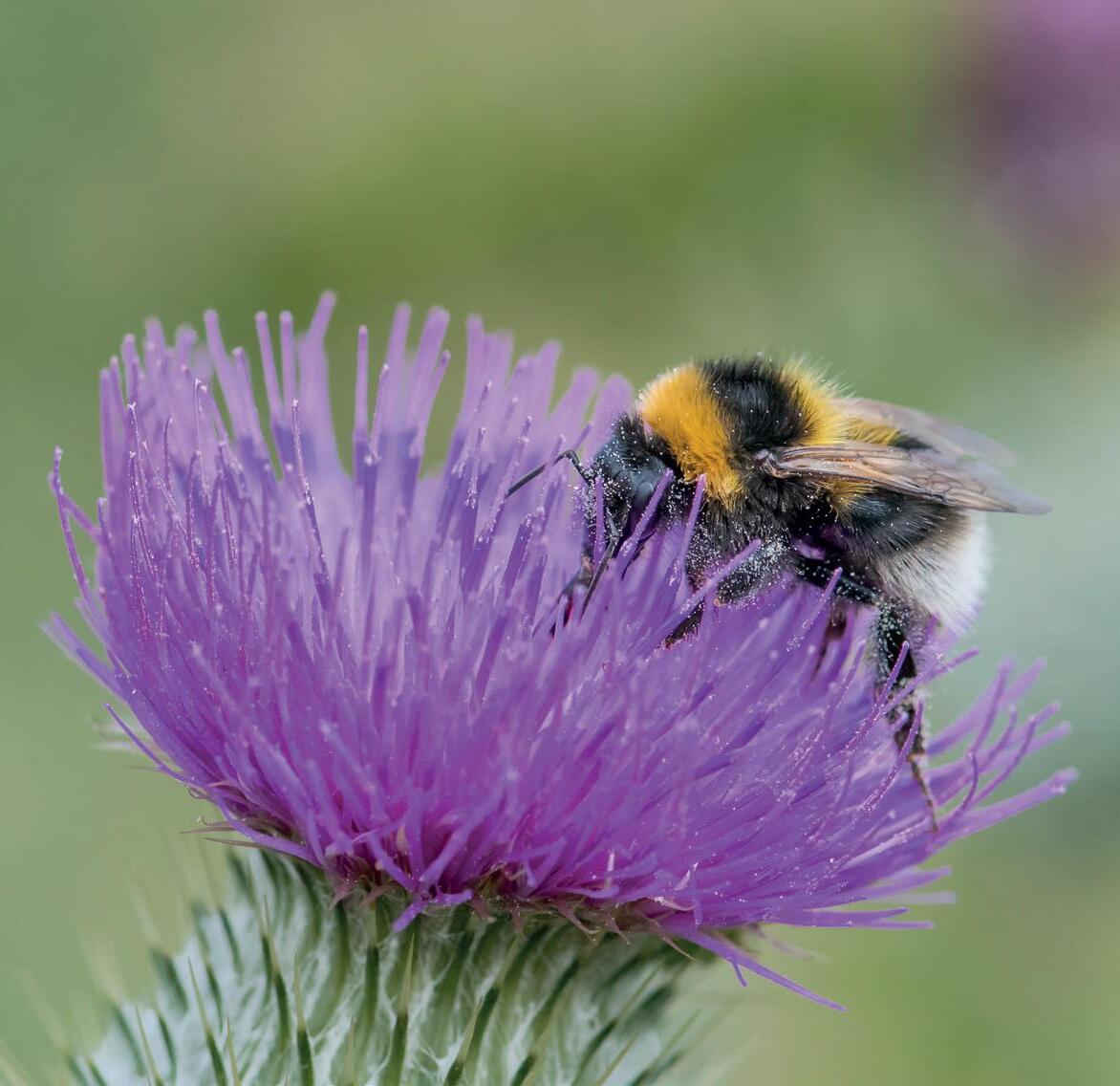
1 minute read
Bee the Change
Bee the Change wherever you livewith help from the Bumblebee Conservation Trust
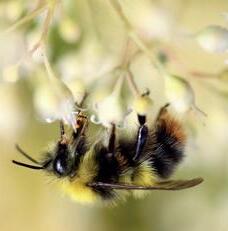
Advertisement
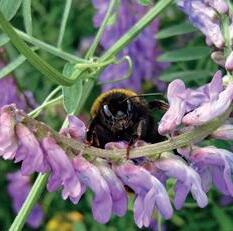

The Bumblebee Conversation Trust is on a mission to help you Bee the Change in your local area. Bee the Change is all about simple, quick micro-actions you can do to make your postcode more bumblebee-friendly.
It doesn’t matter if you live in the city or the countryside. If you have a garden, a flower pot - or no outdoor space at all. You can Bee the Change wherever you live!
Bumblebees are familiar and much-loved insects that pollinate our crops and wildflowers. Thanks to their ‘free-bee’ service, more wildflowers can grow and we can enjoy delicious foods like tomatoes and blueberries.
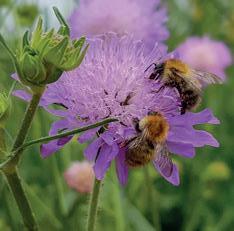
But bumblebees are in trouble. Over the past century we’ve lost millions of the flowers they need to survive. Now we can help feed our local bumblebees by providing more flowers in our towns, cities, and countryside.
The Bumblebee Conservation Trust has lots of FREE online resources and how-to guides to help you spot your local bumblebees, grow bee-friendly plants, and spread the word in your community. Simply choose the action that’s right for you and get started!
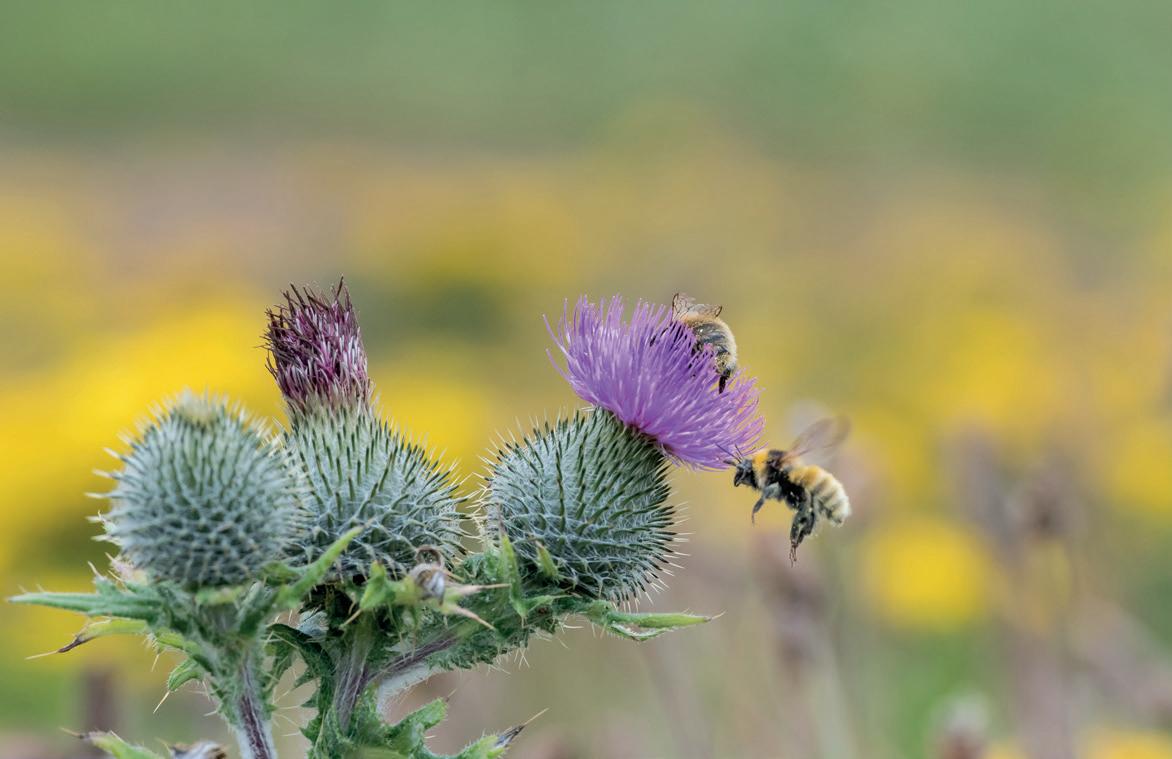
If lots of people can do just one thing, together we can get these little superheroes buzzing again.
Show your love now by pledging to Bee the Change, and don’t forget to tell your friends on social media using #BeeTheChange.
Make your pledge online and download your FREE resources at bumblebeeconservation.org/ beethechange
6 plants to give bumblebees a winter boost

In the UK, ‘winter active bumblebees’ are becoming more and more common especially in the south of England - possibly as a result of our changing climate. Instead of going into hibernation, these queens set up their nests in autumn and you could find their daughters visiting your flowers all through the winter!
Growing flowers such as winter heathers and winter honeysuckle will help keep them well-fed throughout the colder months. Winter-flowering mahonias are also great for bumblebees, but do have the potential to spread outside gardens so should be pruned soon after flowering.
By adding one of the following plants to your garden, you can help feed winter-active bumblebees and hungry queens emerging from hibernation early next spring.
• Winter honeysuckle (flowers November-February)
• Mahonia (flowers November-March)
• Winter-flowering heather (flowers December-April)
• Crocus bulbs (flowers December-March)
• Stinking hellebore (flowers December-April)*
• Pussy willow (flowers February-March)
All of these plants are easy to grow and look after, and available to buy right now. Ask your local garden centre if they have organic, pesticide-free plants, as these are best for bumblebees.
*Potentially toxic if eaten










